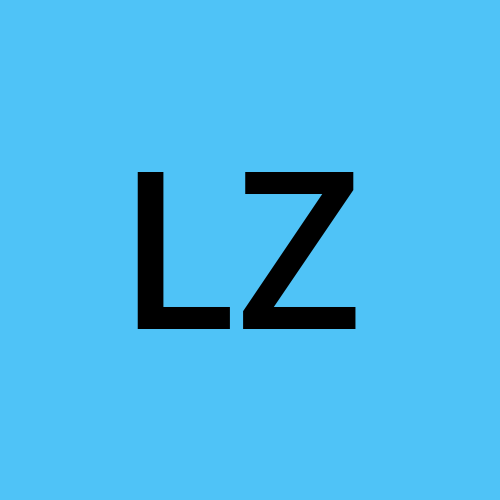A Comprehensive Overview of PCB Assembly
 Luo Zhan
Luo ZhanDesign PCB outer layer layout
In the internal structure of the PCB, it includes two parts, the inner layer and the outer layer. There are multiple signal layers between the outer layer and the outer layer. Now FS PCBA will discuss the types and functions of these outer layers.The outer layer of the circuit board can be divided into four parts
Substrate layer
Copper layer
Solder mask
Silk screen layer
Substrate layer
The most common PCB substrate material is FR4. We call these PCBs built with FR4 as the substrate FR4 PCB. These boards are usually rigid. The PCB manufacturer "populates" or solders components onto these boards that give the board the rigidity it needs and the functionality it needs.
Copper layer
A thin layer of copper foil is distributed across the top and bottom of the board, and these copper foils are used to create the top and bottom copper traces of the PCB layer.
Solder mask
The solder resist layer is used to manufacture the top and bottom of the PCB board. These areas are non-conductive areas, which means that the copper traces are isolated from each other and the current cannot pass through the surface, thereby avoiding circuit short circuits.
In addition to avoiding short circuits, the solder mask also avoids soldering on unwanted parts and ensures that solder enters areas intended for soldering, such as holes and pads. Holes on the PCB These holes will connect the DIP components to the PCBA, while the PADs are used to hold the SMD components.
The solder mask is a position that reflects the appearance of the PCB. The common PCB solder mask is green. If you have special requirements for its color, you can contact the manufacturer.
Silk screen layer
When PCBA is manufactured, you can see that the components are marked with indicator symbols, such as R1, C1, or some kind of description or company logo on the PCB, which are all made of silk screen layers. This layer is used to provide reliable PCB information.
PCB substrate type
If it is distinguished according to the softness and hardness of the PCB substrate, the PCB can be divided into three categories
Rigid circuit
Flexible circuit
Metal core PCB
Rigid circuit
Rigid PCB is the most common of all circuit types, it is found in almost all electronic products. The most obvious quality of these boards is rigidity, which can provide a firmness that flex circuits cannot provide. A rigid PCB is a PCB that has thickness, hardness, and solidity. FS PCBA usually uses fiberglass or "FR4" when doing rigid circuit fabrication for customers. Here we will focus on "FR4".
"FR4" is a common material used to build rigid PCBs, and boards created using this material are known as FR4 rigid PCBs. FR4 stands for "Flame Retardant - 4". With the development of PCBA industry, FR-4 has occupied the main market of rigid PCB, and its contribution in hard-core industrial electronic equipment is very huge.
Both sides of the FR-4 PCB are laminated with thin layers of copper foil, which are also called copper clad laminates. Power amplifiers, switching power supplies, and servo motor drives are common applications for FR-4 PCBs. In order to save costs, many electronics manufacturers also use Paper phenolic PCBs as substrates for rigid circuit boards in addition to FR4. Compared to FR-4 PCB, they are lightweight, low density, inexpensive and easy to stamp and process.
Flexible circuit
Flexible PCBs are made from substrate materials such as Kapton and can withstand very high temperatures while being as low as 0.005 inches thick. Easy to bend, it can be used for wearable electronics, connectors for LCD monitors or laptops, connectors for keyboards and cameras, etc.
Metal core PCB:
Or, another PCB substrate can be used, such as aluminum, which is very good at dissipating heat efficiently. These types of PCBs can be used for applications that require thermally sensitive components such as high power LEDs, laser diodes, ultra-thin LCD PCBs, etc.
Subscribe to my newsletter
Read articles from Luo Zhan directly inside your inbox. Subscribe to the newsletter, and don't miss out.
Written by
